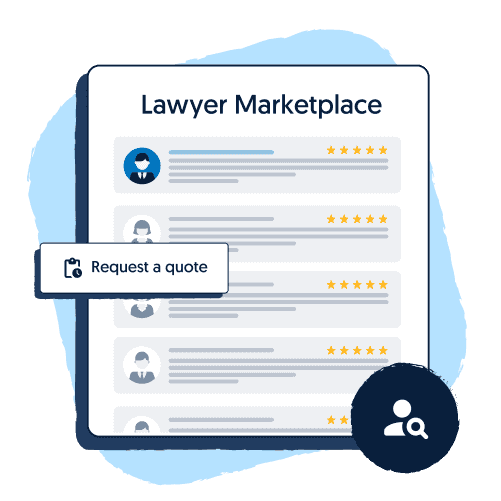When facing financial difficulty, bankruptcy may seem like the only option. A Personal Insolvency Agreement, however, is another option to help you turn things around. Speaking and negotiating with your creditor to form a Personal Insolvency Agreement can be the best way to manage your debts. This article will explain what Personal Insolvency Agreements are and their processes.
What is Insolvency?
Insolvency is a period of financial distress for an individual or company. It is the inability for to pay for debts when they fall due. More simply, the individual owes more money than it makes. A person can be insolvent in two ways:
- Cash-flow Insolvency
- Balance-Sheet Insolvency
Cash-Flow Insolvency is when a person or company has the assets to pay what is owed, but is unable to pay it in the appropriate form eg. Cash. To put this in perspective, a company may own property and equipment, but not enough liquid assets to pay a debt when its due.
Balance-sheet Insolvency occurs when a person or company’s total debts or liabilities outweigh their total assets, even though it might still be able to its next debts when they are due.
In Australia when a company is deemed to be insolvent, three common corporate insolvency procedures are put in place. Administration, liquidation and receivership. When a person faces insolvency, bankruptcy and personal insolvency agreements are the relevant procedures that apply.
What is a Personal Insolvency Agreement?
Personal Insolvency Agreements are legally binding agreements between you and your creditors. They are flexible ways of coming to an agreement with your creditors. They can help facilitate the arrangement of an agreement that allows you to settle your debts without becoming bankrupt. Both parties in the agreement agree on a sum of money and form of payment. The offer may be to pay part or all of your debts by instalments or a lump sum.
Trustees and Personal Insolvency Agreements
Personal Insolvency Agreements involve the appointment of a trustee. The trustee takes control of your property and makes an offer to your creditors. The trustee also prepares a report that compares what the creditors would receive from a Personal Insolvency Agreement compared to the person entering bankruptcy. Within 25 days of the trustees appointment, a meeting with creditors needs to be organised. At this meeting the trustee will propose the agreement to creditors. Creditors will then be asked to consider and vote on the agreement proposal. For creditors to accept the proposal, the majority of creditors and 75% of the dollar value must vote yes. This is called a special resolution.
Acceptance of the Agreement
If the agreement is accepted by the creditors, they must follow and comply with the terms of it. At this point a trustee must be selected by the creditors. This trustee will manage the terms of the agreement. Often this is the same person as the controlling trustee, but creditor’s can choose another trustee.
If creditors don’t accept the agreement they can vote again by special resolution. This vote will be to either:
- hand back control from the trustee to the person who owes money; or
- require the person who owes money to present a bankruptcy application
There is also the choice not to make a special resolution. If this happens, the controlling trustee retains control over the person’s property. This will be until either:
- Four months pass since the trustees appointment
- The person becomes bankrupt
- The property is released from the trustees control by the court
- The person passes away
Conclusion
It’s important to understand that bankruptcy isn’t the only option when you can’t repay your debts. However, a Personal Insolvency Agreement is legally binding, so you should obtain professional advice from a lawyer before signing anything.






